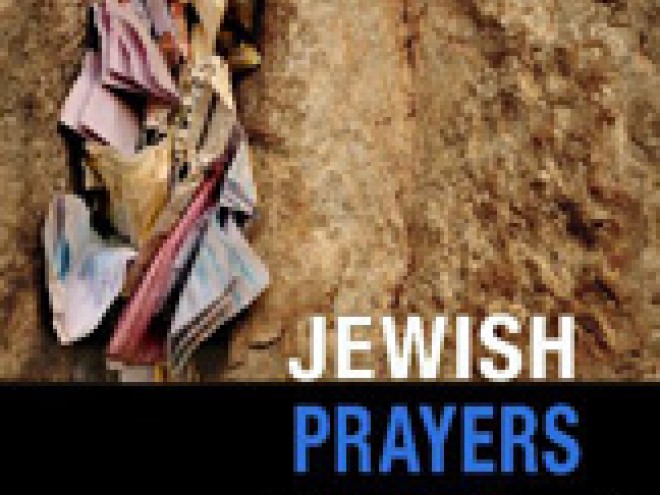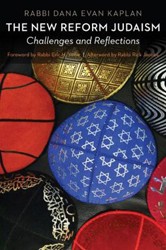In This Precious Life, liturgist Alden Solovy presents prayers, poetry, and meditations inspired by encounters with God. The first part draws from divine moments in our sacred texts, mostly the Torah but also the Prophets and the Writings. Using a contemporary voice, Solovy imagines these holy moments as experienced by our biblical ancestors so we can reclaim them as our own. The second part focuses on sacred moments in our daily lives, connections with the Divine that occur simply because we are human beings created in God’s image. Equally suited to individual reflection and group prayer, the book completes a trilogy with This Grateful Heart and This Joyous Soul.

Poetry
This Precious Life: Encountering the Divine with Poetry and Prayer
September 1, 2020
Discussion Questions
Courtesy of Alden Solovy
- How do you think the author defines divine encounter? Is it different in the first half of the book, which is inspired by sacred text, compared with the second part of the book, inspired by our daily lives and personal experiences? What is your definition of divine encounter? How has it been impacted by reading this volume?
- Are the works in this book poetry or prayer? Is there a difference between poetry and prayer? If so, what are the hallmarks that identify a bit of verse as poetry and what are the identifiers of prayer?
- In his foreword, Rabbi Leon Morris writes: “In the first half of This Precious Life, the experience of our ancestors serves as the foundation for our own encounter with God” (p. xii). Do the experiences of one or more of our Hebrew ancestors illuminate your personal encounter with the Divine? Who? Why? Is there a particular prayer-poem in the volume that resonates with your experience?
- Rabbi Morris writes: “In This Precious Life, Alden Solovy once again offers us his unique voice and does so in a way that calls us to find our own” (p. xiii). Has reading this book inspired or informed your personal prayer practice? How?
- In “About the Rainbow” (p. 5), the author suggests that God might have been surprised by the appearance of the first rainbow. Can God be surprised by Creation?
- In “The Next Garden” (p. 7), Solovy poses a question: What would we do differently if we were readmitted to Eden? What point do you think the author is trying to make?
- “Where are You?” (p. 6) and “The Next Garden” (p.7) appear side-by-side in the volume. What do you think the author’s goal was for placing them together?
- In “Sarah Imeinu” (p. 15), the matriarch is portrayed as strong and assertive, perhaps even angry at the role she’s been assigned and how she’s been treated. How does this fit (or not fit) with your understanding of the character of Sarah?
- In “Fleeting Moments” (p. 38), the author poses the potential for divine encounters to be terrible, perhaps terrifying. Does this resonate as true? Or are divine encounters singularly positive and uplifting?
- In “Is this the Fast” (pp. 56 – 57), Jewish holidays are portrayed through the lens of tikkun olam, healing the world. Is this an appropriate lens through which to understand holy days and sacred ceremonies? Does it add to or detract from your sense of the meaning of the festivals?
- The core of “To Battle Injustice” (pp. 68 – 69) is an alphabetic acrostic. Does the author use this antiquated technique effectively in this piece? Does the technique still have power or resonance?
- “Tending Gardens” (p. 78) and “Fresh Delights” (p. 79) appear side-by-side in the volume. What do you think the author’s goal was for placing them together?
- What do you think the author was trying to say in the prayer-poem “Spiritual Vandals” (pp. 96 – 97)? What do you think the author means by “spiritual vandals,” noting that they are later called “angels”?
- What ingredients would you add to the “Recipe for a Life” (p. 107)? Are there any you would remove? Are there any directions that you would add?
- The last section of the book is called “Discovery” (pp. 122 – 131). What is the author trying to achieve by connecting these pieces with the idea of discovery? What is Solovy saying by ending the section and the entire book with “Wild Broken Heart” (p. 130)?
- What is your favorite prayer-poem in this volume? What speaks to you about it?

Jewish literature inspires, enriches, and educates the community.
Help support the Jewish Book Council.


